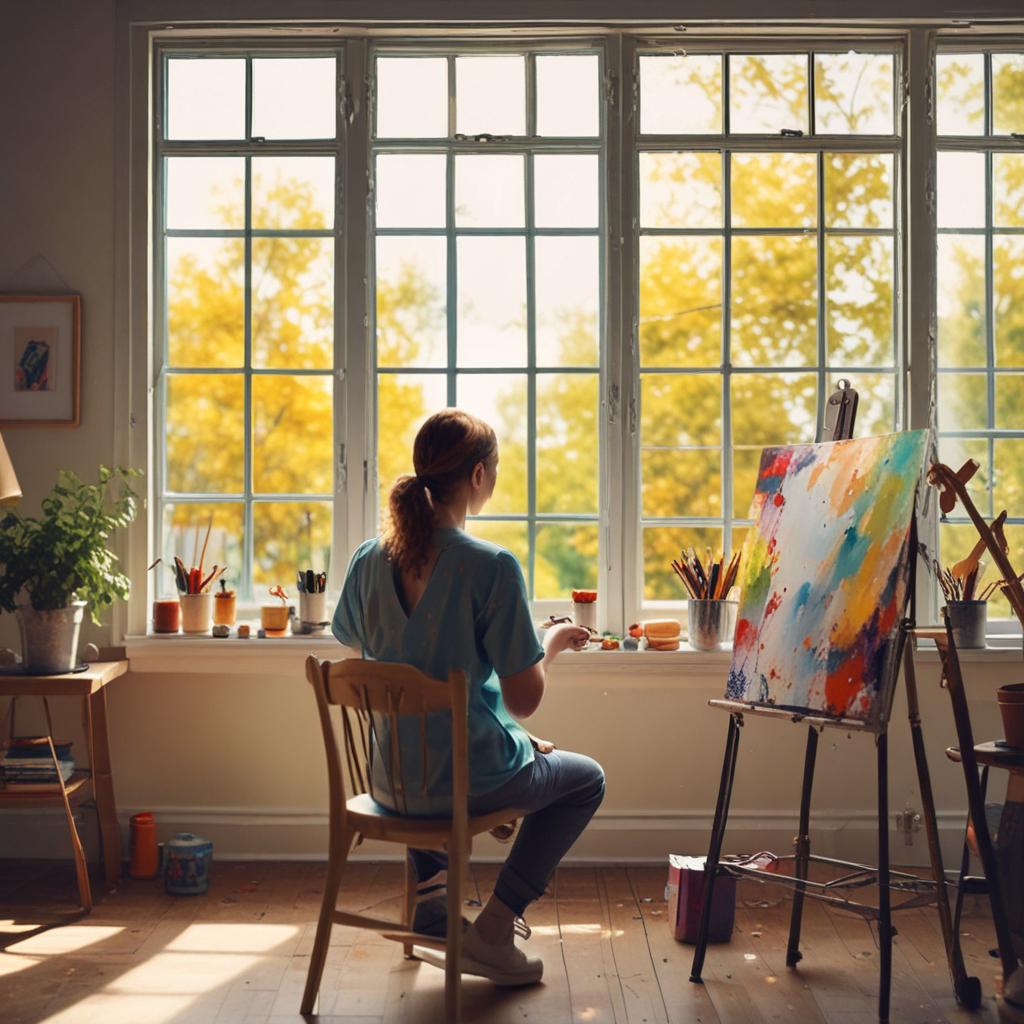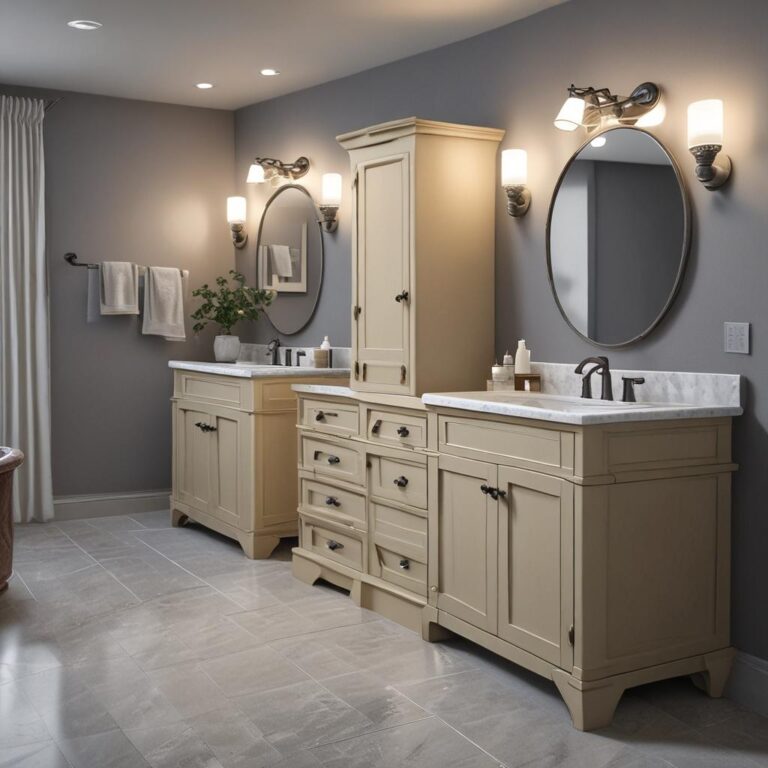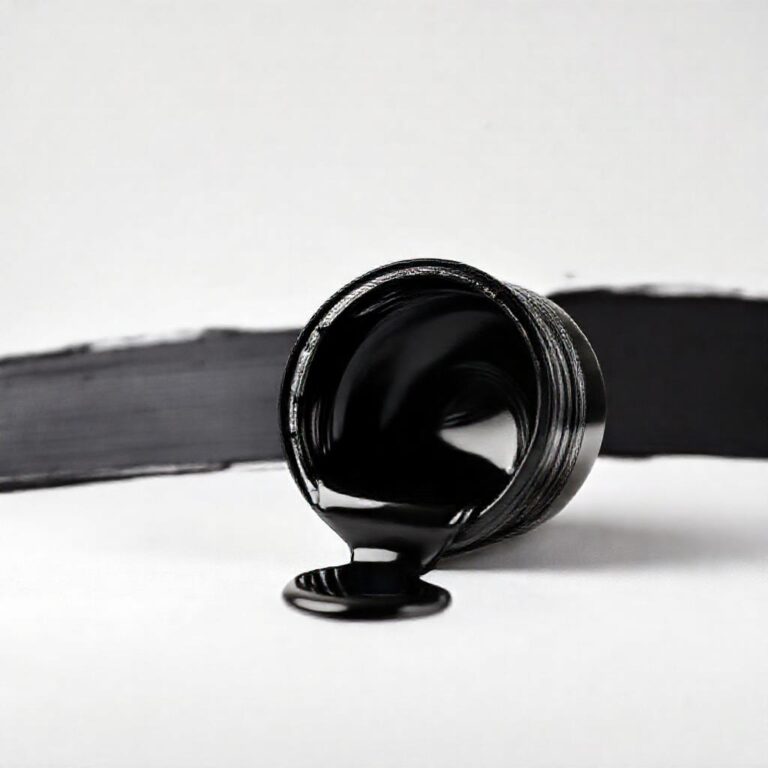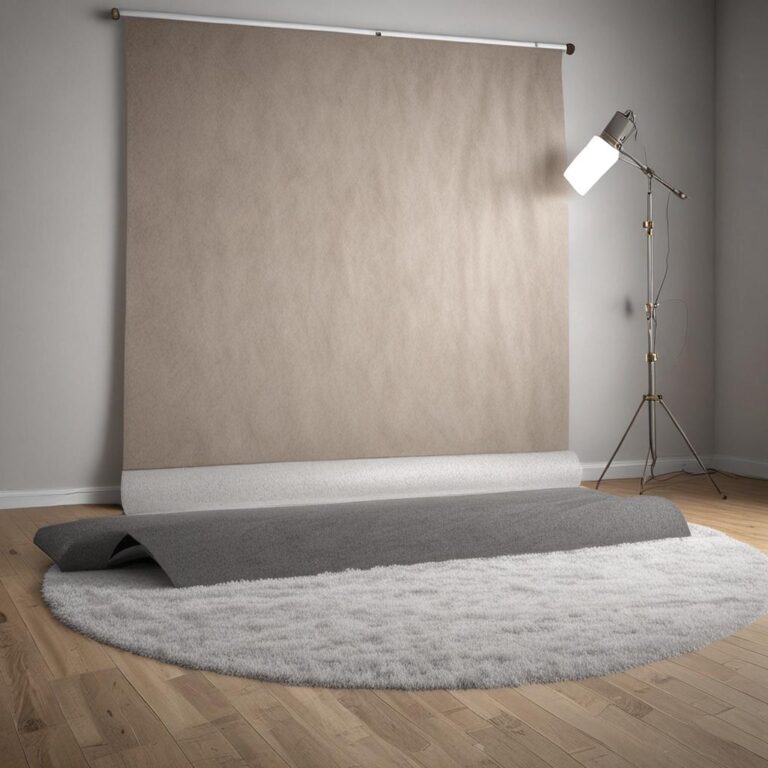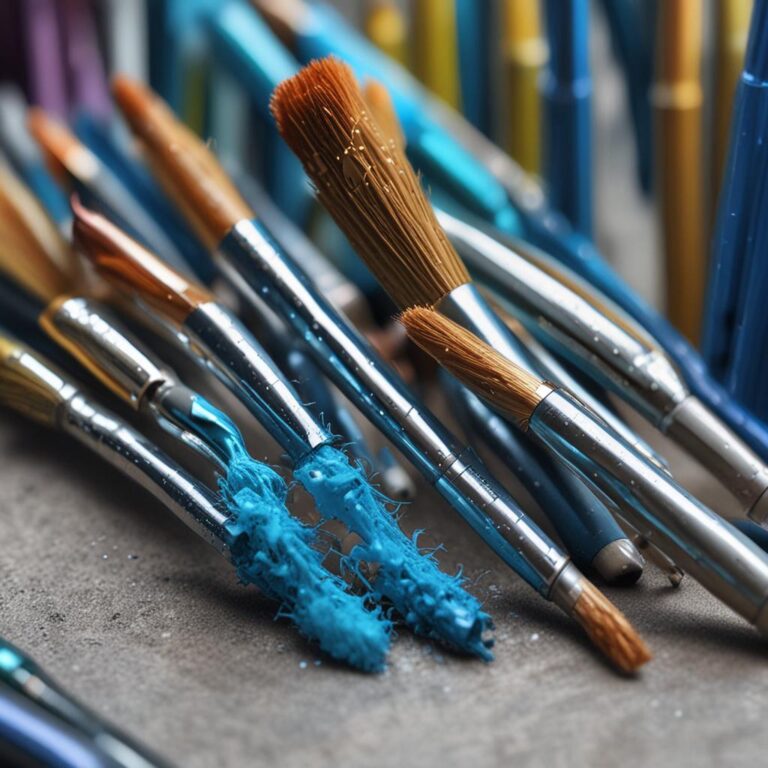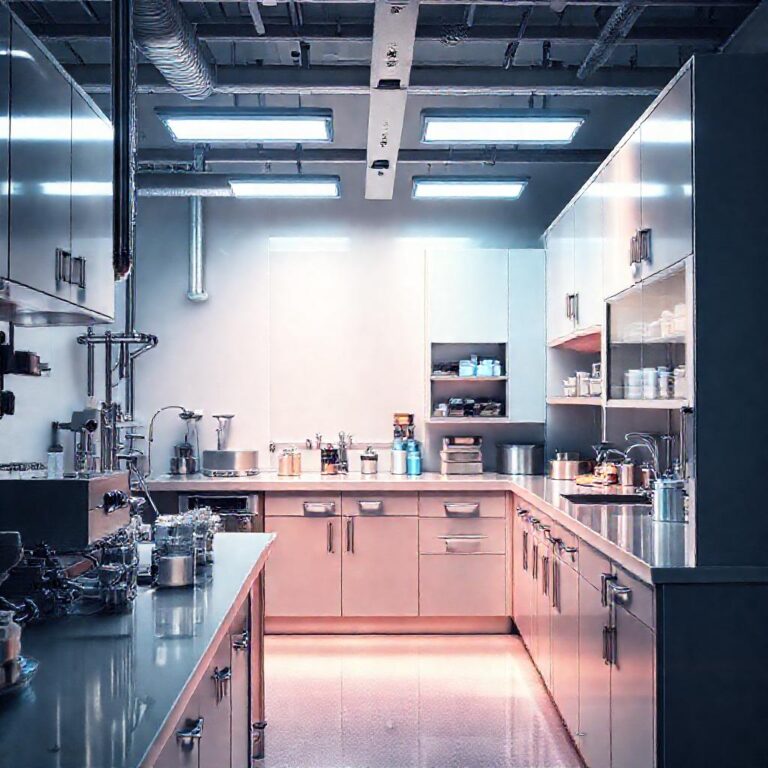How Long Does Paint Last
A fresh coat of paint can transform a space, but how long will that vibrant finish truly hold up? Whether you’re sprucing up your home or giving a room a new look, understanding the lifespan of paint is crucial for maintaining its appearance and protecting your investment. Several factors influence how long paint remains in top condition, from the type of paint used to the environment it’s exposed to. This article breaks down the science behind paint durability and offers practical tips to help you get the most out of your next painting project.
Understanding Paint Longevity: Key Factors to Consider
Environmental Conditions
The surrounding environment plays a significant role in paint longevity. Exposure to direct sunlight, moisture, and extreme temperatures can accelerate fading, peeling, or cracking. For instance, exterior paint on a south-facing wall in a hot climate may degrade faster than paint on a shaded north-facing surface. Humidity and salt air near coastal areas also contribute to shorter paint life.
Quality of Paint
Higher-quality paints often contain better binders, pigments, and additives that enhance durability. Premium acrylic or latex paints typically last 5-10 years indoors and 10-20 years outdoors, while lower-quality options may require more frequent touch-ups. Brands that emphasize UV resistance, mildew prevention, and flexibility are key for long-term performance.
Surface Preparation
Proper surface preparation is non-negotiable for paint longevity. Cleaning walls of grease, dirt, and old flaking paint, followed by thorough priming, creates a stable base for the new coat. Skipping these steps can lead to premature adhesion issues, especially on porous or improperly sealed surfaces like wood or concrete.
Application Techniques
Even the best paint can fail if applied incorrectly. Using the right tools, such as high-quality brushes or sprayers, and applying even coats without over-thinning the paint ensures better coverage. Allowing adequate drying time between layers also prevents problems like blistering or uneven texture that shorten a paint job’s lifespan.
Different Types of Paint and Their Lifespans
Interior vs. Exterior Paint
Interior paints are formulated for controlled conditions, lasting 5-7 years under normal wear. Exterior paints, however, must withstand harsh weather and often last 10-15 years. Always label interior paint as such if it’s mistakenly used outdoors, as this can lead to rapid deterioration.
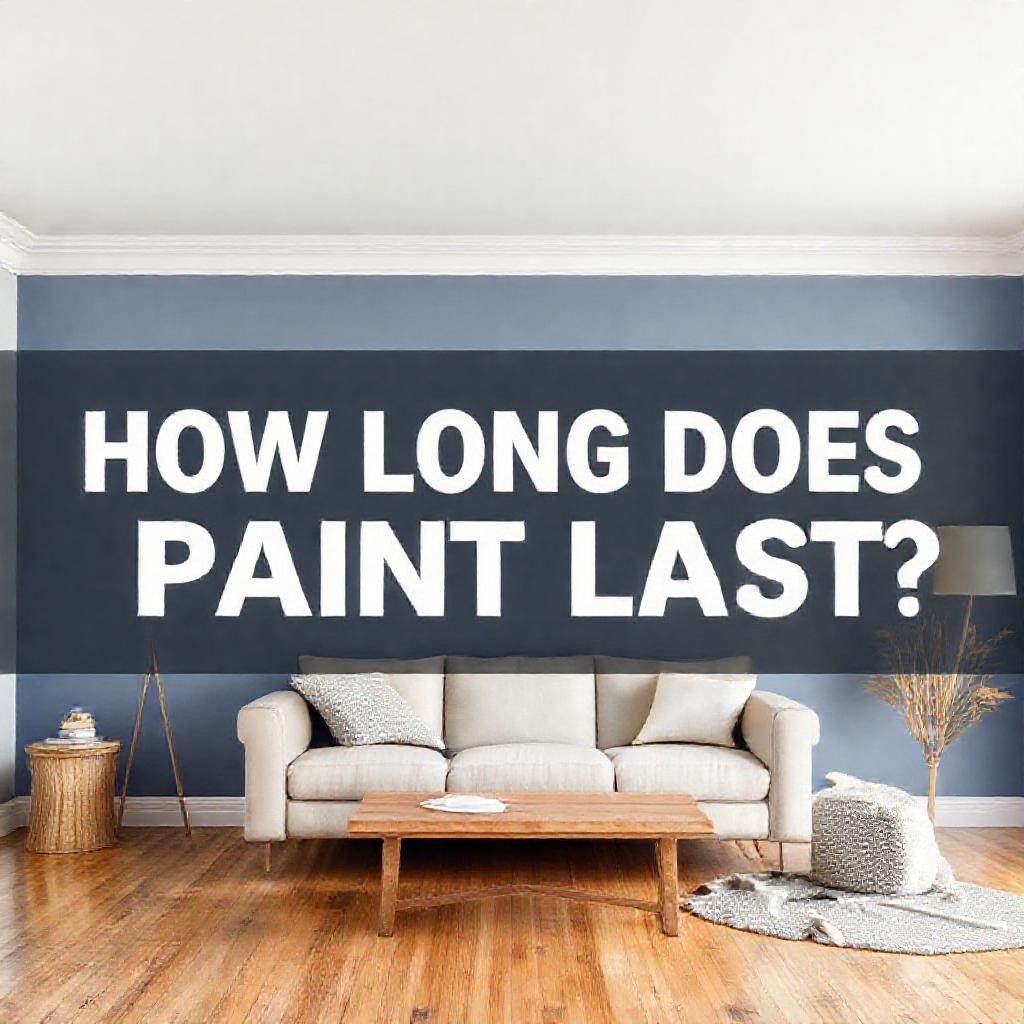
Oil-Based and Water-Based Paints
Oil-based paints are known for their tough finish, commonly lasting 10-15 years on trim or high-traffic areas. Water-based (latex) paints dry faster and are easier to clean but may require more frequent maintenance in areas with constant moisture, like kitchens. However, modern latex formulas now rival oil-based durability in many applications.
Specialty Paints
Specialty paints, such as those for bathrooms or garages, include additives to resist mold, mildew, and chemicals. These can outlast standard paints by up to 30%, sometimes lasting 20+ years if properly maintained. For example, a moisture-resistant bathroom paint can prevent mold growth, saving time on repairs and repainting.
Signs Your Paint Is Degrading
Peeling and Flaking
Peeling indicates poor adhesion, often due to improper surface prep or high humidity. This is common in kitchens and bathrooms where condensation occurs regularly. If left unaddressed, the underlying wall material may be damaged, requiring costly repairs.
Fading and Discoloration
UV exposure causes color fading, especially in light-colored paints that lose their brightness faster. Discoloration from smoke or water stains is another sign of aging. A once-white ceiling might turn yellowish over time without a primer that blocks such contaminants.
Cracking and Alligatoring
Cracks resembling alligator skin, called alligatoring, signal that paint has become brittle. This often happens due to temperature fluctuations or using low-quality paint. While minor cracks can be spot-repaired, severe alligatoring means the entire surface needs repainting.
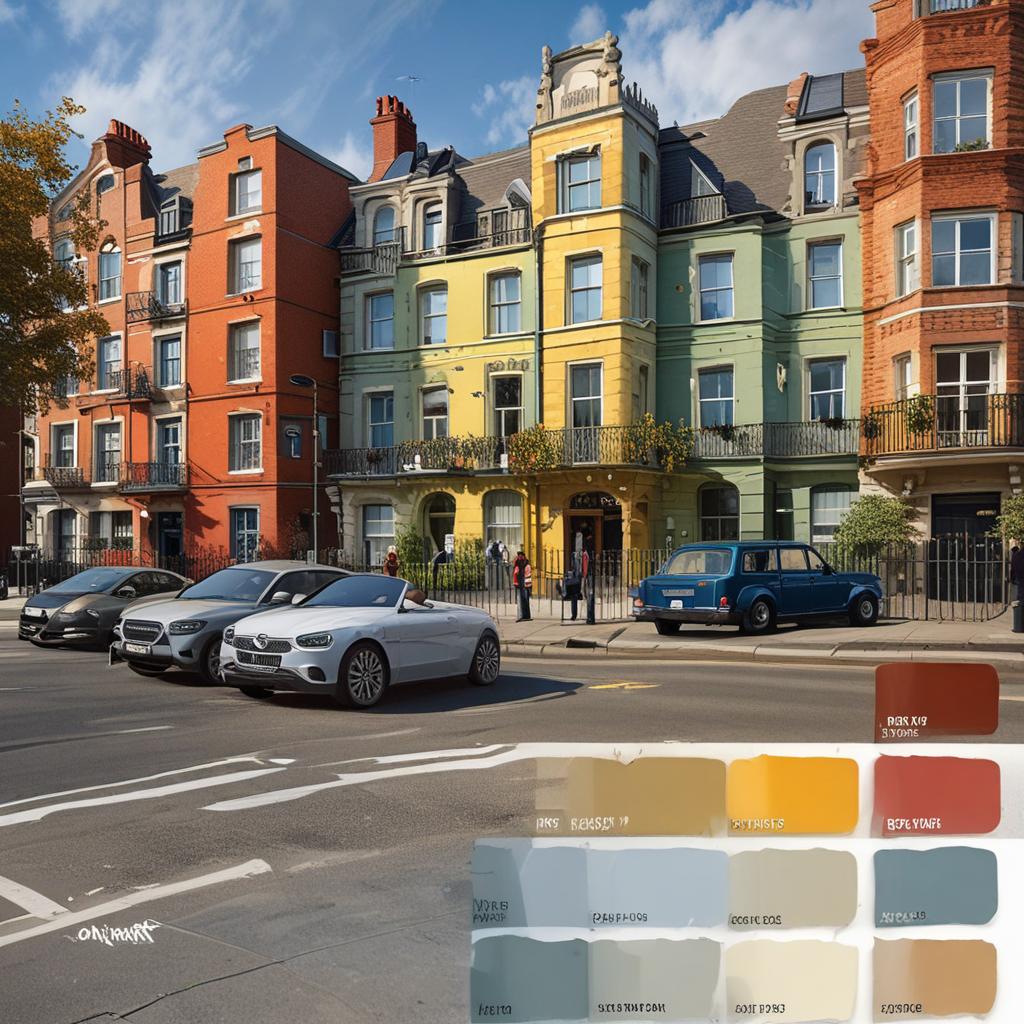
Mildew and Stains
Mold and mildew thrive in damp environments, leaving unsightly stains and compromising paint integrity. Using a mildew-resistant paint with a fungicide additive can buy time, but recurring issues suggest a need to address the root cause, like a leak or poor ventilation.
Extending the Life of Your Paint Job
Regular Maintenance
Touching up small scratches or stains promptly prevents them from spreading. A soft cloth and matching paint can quickly restore a wall’s finish. Wiping surfaces with a damp cloth instead of abrasive cleaners also reduces wear over time.
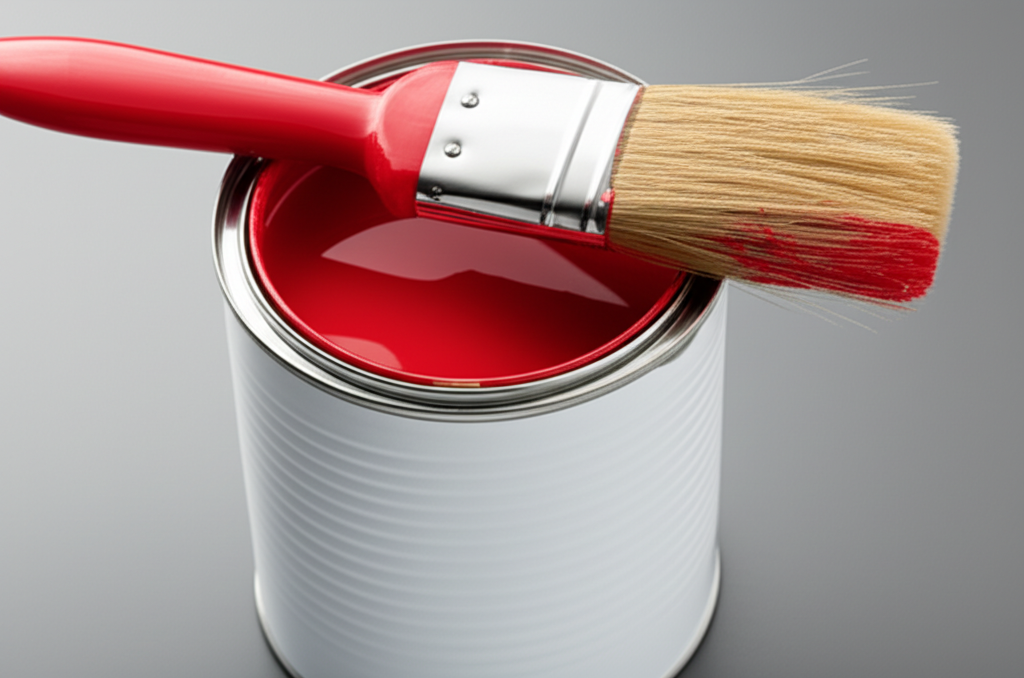
Use Quality Products
Invest in top-tier brushes, rollers, and paint brands to maximize results. Cheap tools can leave brush strokes or uneven coverage, increasing the risk of early deterioration. Professional-grade paints often include advanced resins that improve flexibility and resistance to environmental stressors.
Proper Ventilation
Allowing paint to dry in a well-ventilated area without rushing the process ensures a solid, long-lasting finish. In kitchens and bathrooms, using exhaust fans or dehumidifiers after painting minimizes moisture buildup that leads to peeling or mildew.
Seasonal Care
Inspect exterior paint for cracks or chips before winter and apply sealants if needed. In regions with frequent rain or snow, a pressure wash in early spring can remove dirt and mildew, preserving the paint’s integrity for another season.
Conclusion
Paint longevity depends on careful selection of products, meticulous preparation, and ongoing maintenance. While no paint lasts forever, understanding the factors that influence its lifespan helps you make informed choices for your home. By addressing environmental challenges and using the right techniques, you can enjoy a fresh, beautiful finish for years to come. Keep these tips in mind next time you roll out your paint cans, and let your walls reflect your care and attention.

